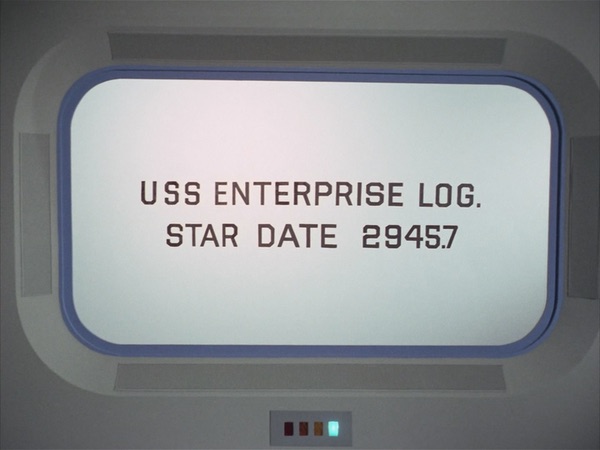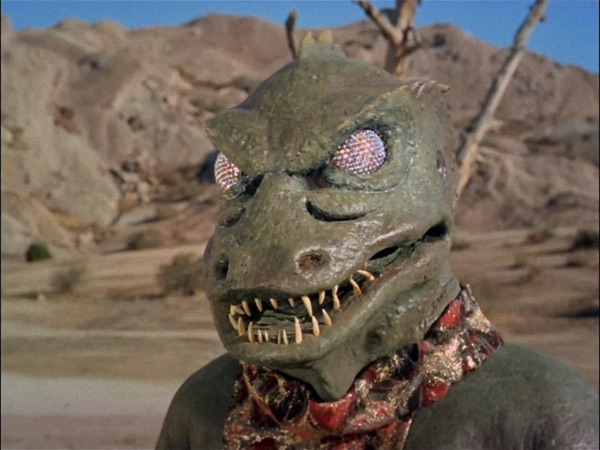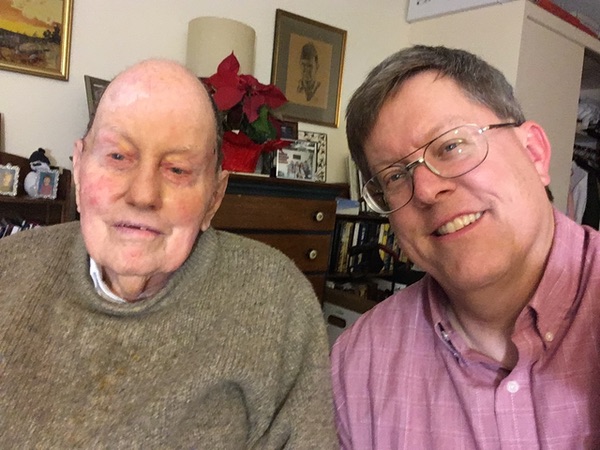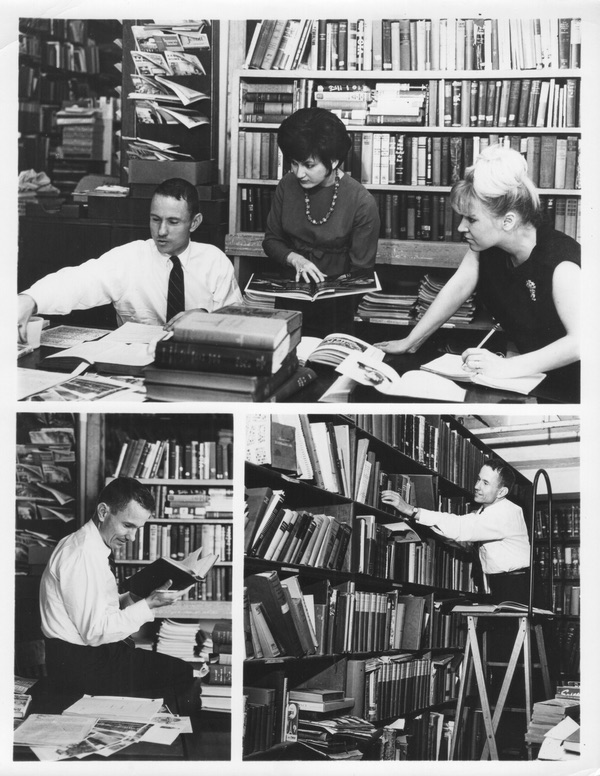In memoriam: Kellam de Forest, who gave us Stardates and the Gornby Glen E. Swanson
|
| “In Star Trek’s first pilot ‘The Cage’ they initially tried some futuristic dating in the script using the Gregorian calendar,” said de Forest about stardates. “I felt that surely they would come up with something better in the future.” |
In December 2019, I had the good fortune to meet with de Forest and interview him about his work with Star Trek while researching a feature article for the Smithsonian. De Forest was one of two technical advisors that Gene Roddenberry employed during the production of the original Star Trek television series. The other was Harvey Lynn, a physicist that worked for the Research And Development (RAND) Corporation, a privately held think tank based in Santa Monica, California.
Both he and Harvey Lynn served as keepers of continuity and stewards of known science that, collectively, sought to present a believable 23rd century universe to a skeptical television audience of the 1960s.
With a degree in American history from Yale, de Forest made many major contributions to the original television series created by Gene Roddenberry including developing the idea of the Stardate, which he supplied for Star Trek’s second pilot, “Where No Man Has Gone Before.”
 De Forest was responsible for creating the term “Stardate.” This is a film clip from the original Star Trek series episode “Court Martial.” (Photo courtesy CBS/Paramount.) |
“In Star Trek’s first pilot ‘The Cage’ they initially tried some futuristic dating in the script using the Gregorian calendar,” said de Forest in recalling how the idea originated. “I felt that surely they would come up with something better in the future. I felt that this system did not really work in tracking intergalactic movement.”
“So there was something called the Julian calendar that uses a star and it was superior to the Gregorian calendar because it didn’t have leap years, it was all numerical. So I suggested to Gene that if he used this concept of a numerical date and decimal system that it might give a little more futuristic feel to the series. He felt that was a good idea and bought it.”
Roddenberry considered de Forest’s reviews of every episode just as important as Harvey Lynn’s science critiques. Verification of character names, places, customs, and other checks on past and present norms that viewers can relate to were just as important for story development as was the technology that placed everything in the future.
 The Gorn as seen in the original Star Trek series episode “Arena.” The episode almost did not make it to production if it were not for a last-minute finding by de Forest. (Photo courtesy CBS/Paramount.) |
Under Kellam’s care, fans of Star Trek also got one of the more memorable creatures to appear in the series: the Gorn. Pete Sloman, one of de Forest’s staff researchers, noted upon reviewing Gene L. Coon’s original script for the Star Trek episode “Arena” that it bore a similar resemblance to a copyrighted story of the same name by Frederic Brown. De Forest recalled, “As a result there was some scurrying around thinking what to do. They eventually contacted the author, bought the story rights and went ahead with the production of the episode.” It was Coon’s script that originated the Gorn in name, but it was de Forest’s research that led producers into quick action to avoid any copyright infringement and bring the episode to the airwaves. The rest is history.
Like Harvey Lynn, de Forest never received screen credit for his work and was paid $50 per episode for his services.
Upon retiring in 1991, de Forest donated all of his papers to UCLA. Publicly accessible in the Charles Young Library, the Kellam de Forest Collection includes materials from more than 255 television series and more than 500 motion pictures that de Forest researched. This includes not only Star Trek but Mission: Impossible, The Twilight Zone, and many more that have long been forgotten.
 The author (right) during an interview with Kellam de Forest in December 2019. (Photo courtesy the author.) |
Note: we are temporarily moderating all comments submitted to deal with a surge in spam.
